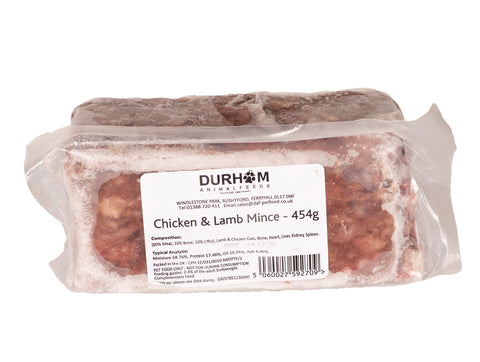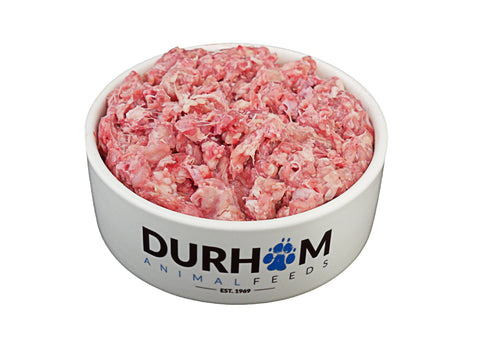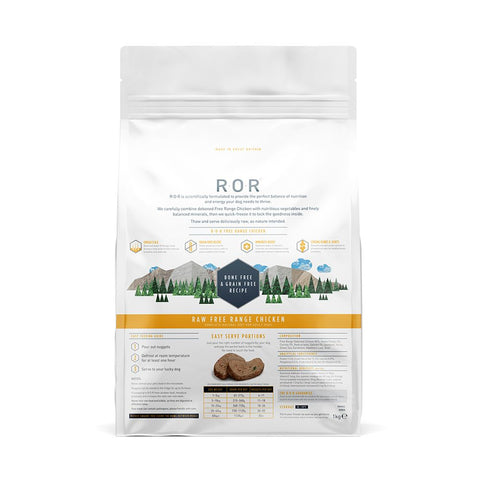Insect eating Lizards & Feeding

There is still a lot to learn regarding the diets of lizards in captivity. However, we know that feeding shop bought insects and the occasional mealworm is inadequate.
In the wild, most insect eating lizards will consume a wide variety of insects, maybe 25 different species or more.
Insects consumed by lizards in the wild will have themselves eaten a variety of plants and/or animals resulting in plump, healthy insects with a full digestive system. In fact, the gut of the insect is a very important source of nutrients, vitamins & minerals.
In contrast, the shop bought insects usually have a poor diet; in effect, these insects consist of mostly chitin (the outer skeleton) and little else.
The aim of any lizard owner should be to provide a diet that resembles its wild counterpart. To achieve these three things need to be considered
- Feed a wide variety of insects and life stages (larvae, pupae and adult)
- Feed these insects with an appropriate nutrient-rich diet for at least one week prior to feeding the lizard.
- Dust insects with a suitable reptile multivitamin supplement prior to feeding the lizard.
As many of the following to be offered on a monthly basis:
Crickets – house, black, quiet and banded crickets. Available in sizes from pinhead to adult. Crickets are best kept in a well ventilated, large plastic or glass container with smooth sides and a height of approx. 30cm such as an old aquarium. To increase usable space the enclosure should contain stacks of egg boxes, toilet rolls or scrunched up newspaper. Crickets should be fed a variety of dry and fresh foods, Suitable dry foods include dry dog/cat food, fish food and breakfast cereals. Suitable fresh foods include apple, carrot, grapes, salads and dandelions. Fresh foods are best changed daily and dry food changed weekly. Aim to clean the whole enclosure every two weeks. Water is important to prevent cannibalism and is best provided by soaking a ball of cotton wool or paper towel. Temperatures of 24-27C are ideal.
Mealworms – Larvae (the worms), Pupae and adult beetles may all be offered to lizards. The larvae are best kept in medium to large, well ventilated plastic containers. The substrate should consist of dry food such as dog/cat biscuit and/or fish food. For adult beetles, layers of corrugated cardboard or egg boxes should be placed on top of the dry food. Fresh food such as grated carrot, potato slices, apple slices and soft white bread should also be offered. Enclosures are best kept in the dark at a temperature of 20-28C Mealworms may be separated from the substrate using a sieve.
Giant Mealworms – as for meal worms above, all life stages may be offered as food. Keeping and feeding is similar to that of the meal worm. Old decaying natural wood may also be included in the substrate. Temperature 27-29C preferred. To encourage the full grown larvae to pupate they are best placed individually in small plastic containers such as yoghurt pots or camera film canisters in a dark warm place.
Wax Worms – are the larval stage of the wax moth, both the larvae and the moth are suitable live foods. Small to medium plastic or glass jars or tubs are suitable. Ventilation should be provided by fine metal mesh. The caterpillars may be fed on old honey comb or alternatively an artificial diet may be offered. Wax worms prefer dark warm conditions of 27-28C
Cockroaches – a number of varieties are suitable. Deaths head cockroaches and hissing cockroaches may be kept in a similar fashion to crickets. A tight fitting lid and ventilation holes are required to prevent escape. Green Banana cockroaches are unlikely to breed as UK room temperatures are usually too low.
Wingless Fruit Flies – Starter cultures can be obtained from some pet shops. Flies and their larvae as their name suggests feed on fruit. Fruit flies may be cultured on mashed banana. The cultures do best when exposed to some light and temperatures of 20-23C. Adult flies should be moved to a fresh jar after one week. It’s a good idea to have a few cultures on the go at one time to ensure a steady supply.
Curly Wing Flies – A mutation of the common house fly that is unable to fly. Chameleons and geckos in particular seem to relish them. Breeding these flies involves feeding meat which creates a lot of mess and odour. It therefore easier and safer to buy adults from a pet shop. Fine mesh cages are available to catch the flies without escape.
Silk worms – maybe obtained from specialist suppliers, which also provide suitable rearing foods. They are relatively expensive but valuable treat.
Locust – adults are suitable for larger lizards such as skinks and monitors, whilst tiny young are suitable for all but the smallest lizards. Adult Locust’s maybe kept in a glass or plastic enclosure approx. 40 x 30 x30 cm with a plastic or metal mesh lid. If breeding is attempted a 10cm deep layer of soil is required. The best food for locust is sprouted wheat. A variety of other greens such as leaves of oak, beech, dandelion and fruit trees and vegetables such carrot dry dog food or fish flake are also suitable. All fresh greens should be free of insecticides and washed thoroughly. Preferred day time temperatures 30-35C with night temperature of 20C
Woodlice – may simply be collected from gardens, sheds and greenhouses where they are often found under slabs, logs and leaves. Smaller white tropical woodlice are sometimes available from specialist suppliers. Uneaten Woodlice may be useful in humid enclosures by helping reduce fungus and mould.
Laboratory Stick insects – a number of stick insect maybe found in pet shops and from specialist suppliers. Some species secrete toxins and / or are covered in sharp spines both may cause harm to a lizard ñ these species are best avoided. Because of their camouflage, lizards may not recognise stick insects as food and generally need to be offered them by hand or long forceps. Indian stick insects/laboratory are easily kept at room temperature in a well ventilated Plastic enclosure with a fine mesh lid. Bramble, raspberry and fruit tree leaves are all acceptable foods. Fresh branches are cut and placed in a jar of fresh water, you need to block the gaps to prevent drowning.
All insects should be dusted with a reptile multivitamin supplement immediately prior to feeding to your lizard. For adult healthy lizards dusted insects should be offered once or twice weekly. Sick, juvenile or breeding animals should have their insects dusted at every feed.
Remove any uneaten insects, remaining insects can cause stress to your animal.
What size Food?
As a rule more, smaller insects should be fed rather than a couple of large ones, smaller insects are easier subdued and swallowed. Small insects are easier to digest compared to a similar volume of large insects. As a general rule the width of the insect should be about one third of the lizards head.
How much & how often?
There is no simple answer to this since there are a lot of factors to consider such as species, age, gender, reproductive status, activity level and type of food being offered. As a guide feeding schedules should be adjusted to the growth rate of your lizard. Most juvenile lizards have very rapid growth rates and therefore require frequent feedings to keep up with the body’ss demands. Once daily or multiple daily feedings may be required. After growth slows down and levels off (1-2 years in most species) feeding should decrease to 3 times per week. Breeding females require daily or every other day feedings during the breeding season.
A set of electronic scales accurate to 1-2g is a worthwhile investment to monitor your lizards weight. Whilst juveniles would be expected to make weekly weight gains, adult lizards should remain at a fairly constant weight. Breeding females may lose and gain weight in line with egg/young production.










